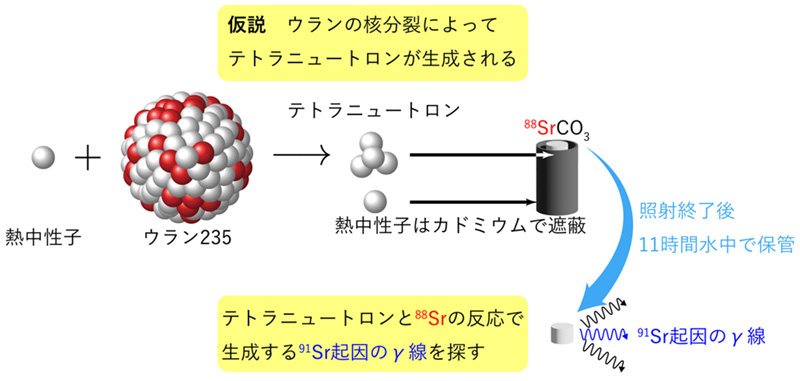2023-11-24 ケンブリッジ大学
<関連情報>
- https://www.cam.ac.uk/stories/fen-woodlands
- https://www.sciencedirect.com/science/article/pii/S0277379123004626?via%3Dihub
イングランド東部でイチイ(Taxus baccata)林が突然消滅したのは、4,200年前頃に起こった可能性のある気候変動と一致する。 Sudden disappearance of yew (Taxus baccata) woodlands from eastern England coincides with a possible climate event around 4.2 ka ago
Tatiana Bebchuk, Paul J. Krusic, Joshua H. Pike, Alma Piermattei, Ronny Friedrich, Lukas Wacker, Alan Crivellaro, Tito Arosio, Alexander V. Kirdyanov, Philip Gibbard, David Brown, Jan Esper, Frederick Reinig, Ulf Büntgen
Quaternary Science Reviews Available online: 24 November 2023
DOI:https://doi.org/10.1016/j.quascirev.2023.108414
Highlights
•We present >400 subfossil yew (Taxus baccata) trees from eastern England.
•Dendrochronological and radiocarbon dating were combined for chronology development.
•Two 400-year-long tree-ring chronologies date between 5200 and 4200 years cal BP.
•Mid-Holocene woodlands in eastern England were dominated by yew until ∼4.2ka ago.
•We hypothesise that yew disappearance around 4.2ka was related to rapid sea-level rise.
Abstract
Tree-ring chronologies form the backbone of high-resolution palaeoclimatology. However, their number declines drastically prior to medieval times, and only a few such records worldwide extend back to the mid-Holocene. Here, we present a collection of more than 400 subfossil yew (Taxus baccata L.) trees excavated from near sea-level peat-rich sediments in the Fenland region of eastern England. The well-preserved yew trunks are between two and eight metres long, often exhibit adventitious root layers, and contain up to 400 rings of highly irregular growth. Combined dendrochronological and radiocarbon dating resulted in two tree-ring width chronologies that comprise 36 and 32 trees, span 413 and 418 years, exhibit mean inter-series correlations (Rbar) of 0.50 and 0.51, and were provisionally dated to 5225−4813 (±4) and 4612−4195 (±6) years cal BP. Together with a total of 63 radiocarbon dates (14C), our subfossil tree-ring evidence suggests that yew establishment (or onset of preservation) began ∼5250 years cal BP and resulted in extensive climax forests between 5200 and 4200 years cal BP. A first stage of yew decline ∼4800−4600 years cal BP was possibly caused by oxygen deprivation from soil wetting, whereas yew disappearance ∼4200 years cal BP is suggested to have been triggered by marine inundation as a consequence of rapid sea-level rise. Both phases of yew decline in eastern England coincide with marked reductions in subfossil oak and pine from peatbogs in Ireland, Germany and the Netherlands. Our results emphasise the potential to develop a dendrochronological network in coastal England for better understanding of larger-scale climate and environmental changes during the mid-Holocene, including the still debated 4.2 ka climate event. Moreover, we expect our subfossil yew chronologies to facilitate the dating of local archaeological remains, refine sea-level reconstructions around the British Isles, and contribute to the international radiocarbon calibration curve IntCal.
Graphical abstract




